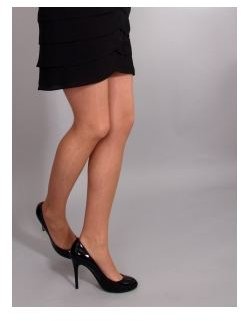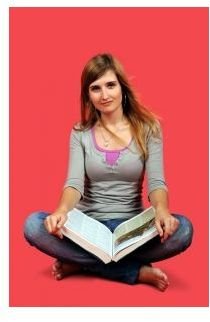Studio Photography: How to Bring Out the Benefits of this Unique Type of Location
Heading to the Studio
The purpose of the studio for photographers is almost universally about control. Though it is not a location that would appear normally in any photo, it has the ability to let you create an artificial backdrop and create a situation where the subject looks exactly the way that you intend. The exact use of the studio depends on the intention of the photographer, what type of subject they are shooting, and exactly what perspective is being taken. Even though it is designed for control, it still holds a lot of limitations. Here is a look at studio photography and how you may go about navigating this unique location for your series.
Lighting
The primary reason for the studio is going to be your digital photography lighting, which is the primary reason for shooting in a studio. The studio itself is shut off from any natural light and usually equipped for specific forms of lighting, whether built in from a ceiling lighting scheme or a series of included pieces of equipment. This really means that this should be the deciding factor in your decision and should guide much of your choices within the environment. This often means using a much more detailed form of lighting, implying high contrast and a variety of artificial light sources. This is part of the main principles of advertising, or fashion, photography in the studio, focusing on a subject specifically rather than an entire situation or environment. Keep the lighting focused on the subject and never on the surrounding areas as these are both unnatural and uninteresting, and drawing attention to them will be counterproductive for your project.
Backdrop
The background for photography often something that requires you to find a great balance between something lively or interesting and

distracting. This is going to be fundamentally untrue in most studio situations since you are going to be using a simple pattern or color as a backdrop. This backdrop will be chosen in accordance to what enhances the primary subject, which is what will have the dramatic lighting and will dominate the final image. You can allow for some light spillage, but this needs to be with very slow falloff and should never allow any shadows to form on it unless they are strong and part of the overall set up.
This ends up being one of your elements of control since it is going to be chosen for its color and texture so that it will assist the foreground image. This could be to enhance contrast, highlight a color pattern on the model or object, or even to artificially mimic a real location. There is no hard and fast rule as to what will work here, except that since it will be limited you want to make sure that you do not go too wide on any of the shots. The deciding factor will be how the model and the props look in front of the backdrop.
Location and Movement
Beyond standardized fashion, advertising, portrait, and product photography, the use of a studio for fine art photography requires a reasonable concept. For example, constructed image photography often requires the kind of original sets that a studio would be able to support. If you need it set in a natural set, on the other hand, then this is going to actually limit your final product.
This is also going to really depend on the facilities that you are working with. A proper photography studio is going to have a rent cost that exceeds the range that most fine art photographers have, which is why they tend to be used almost exclusively by those with advertising budgets. Once you get to a certain size requirement you should forgo the studio altogether and instead try to use a modified outdoor approach, which would mean acquiring a large outdoor area and altering so that it will meet your needs.
What this ends up allowing you to do is to go in closer and make motion, not just in front of the camera but of the camera itself, a priority. To achieve this you want to favor mobility, which means faster shutter speeds in almost every situation. You have the ability to do this in a way you do not normally have because you have controllable, industrial scale lighting at your disposal and can implement exactly what you need. This will also allow you to alter the aperture in relation to just the depth of field and not the amount of light needed since that will be controlled in the location. This finally means that instead of making yourself and your camera the controlled area, you can keep the environment with that kind of control and free yourself and your eye to move about as needed.
References
Article written based on author’s own experience.
Image credits:
